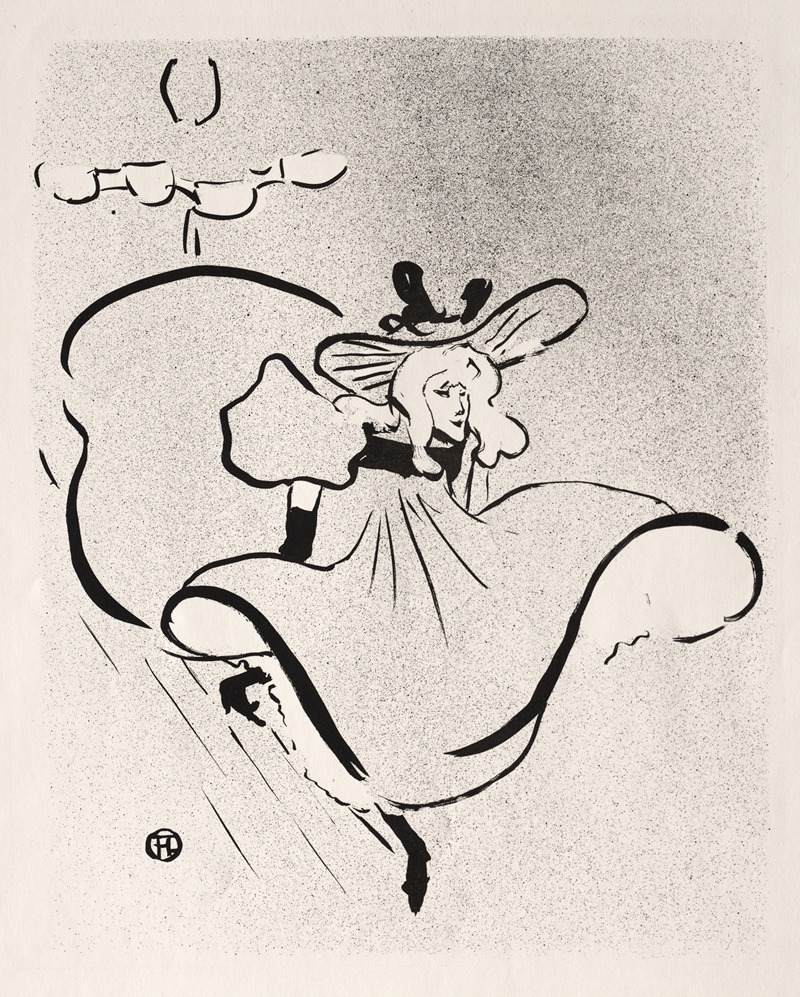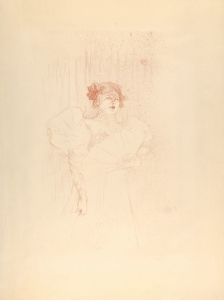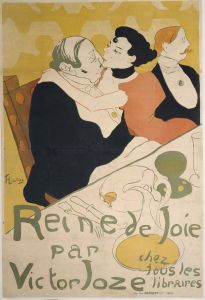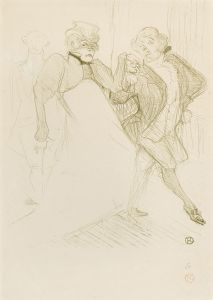
Jane Avril
A hand-painted replica of Henri de Toulouse-Lautrec’s masterpiece Jane Avril, meticulously crafted by professional artists to capture the true essence of the original. Each piece is created with museum-quality canvas and rare mineral pigments, carefully painted by experienced artists with delicate brushstrokes and rich, layered colors to perfectly recreate the texture of the original artwork. Unlike machine-printed reproductions, this hand-painted version brings the painting to life, infused with the artist’s emotions and skill in every stroke. Whether for personal collection or home decoration, it instantly elevates the artistic atmosphere of any space.
Henri de Toulouse-Lautrec's painting "Jane Avril" is a notable work that captures the essence of the Parisian cabaret scene in the late 19th century. Toulouse-Lautrec, a French painter, printmaker, and illustrator, is renowned for his depictions of the bohemian lifestyle in Montmartre, Paris. His work often focused on the vibrant nightlife and the performers who inhabited this world, with Jane Avril being one of his most famous subjects.
Jane Avril, born Jeanne Beaudon in 1868, was a celebrated can-can dancer at the Moulin Rouge, a popular cabaret in Paris. Known for her unique and eccentric style, she became a muse for Toulouse-Lautrec, who was captivated by her distinctive personality and dance movements. Avril's performances were characterized by her graceful yet unconventional style, which set her apart from other dancers of her time.
The painting "Jane Avril" is one of several portraits Toulouse-Lautrec created of the dancer. In this particular work, he captures her in a moment that reflects both her elegance and the dynamic energy of her performances. Toulouse-Lautrec's use of bold lines and vibrant colors highlights Avril's striking presence and the lively atmosphere of the cabaret. His technique often involved lithography, a printmaking process that allowed for the production of posters and prints, which were widely used to advertise performances at venues like the Moulin Rouge.
Toulouse-Lautrec's portrayal of Jane Avril is significant not only for its artistic merit but also for its contribution to the documentation of Parisian culture during the Belle Époque. His works provide a window into the world of entertainment and the lives of performers who were both celebrated and marginalized in society. Through his art, Toulouse-Lautrec offered a glimpse into the complexities of the human condition, capturing moments of joy, melancholy, and the pursuit of freedom.
The relationship between Toulouse-Lautrec and Jane Avril was one of mutual respect and admiration. Avril appreciated the artist's ability to capture her essence, while Toulouse-Lautrec found inspiration in her individuality and spirit. This collaboration resulted in a series of artworks that remain iconic representations of the era.
Today, "Jane Avril" by Henri de Toulouse-Lautrec is celebrated as a masterpiece that exemplifies the artist's skill in portraiture and his deep understanding of his subjects. The painting is part of the collection at the Musée d'Orsay in Paris, where it continues to be admired by art enthusiasts and historians alike. Toulouse-Lautrec's work, including his depictions of Jane Avril, remains influential, offering insight into the cultural and social dynamics of late 19th-century Paris.


















![The Inland Printer cover design [New Year’s issue]](/imgs/269656/s/will-bradley-the-inland-printer-cover-design-new-years-issue-89058f5d.jpg)